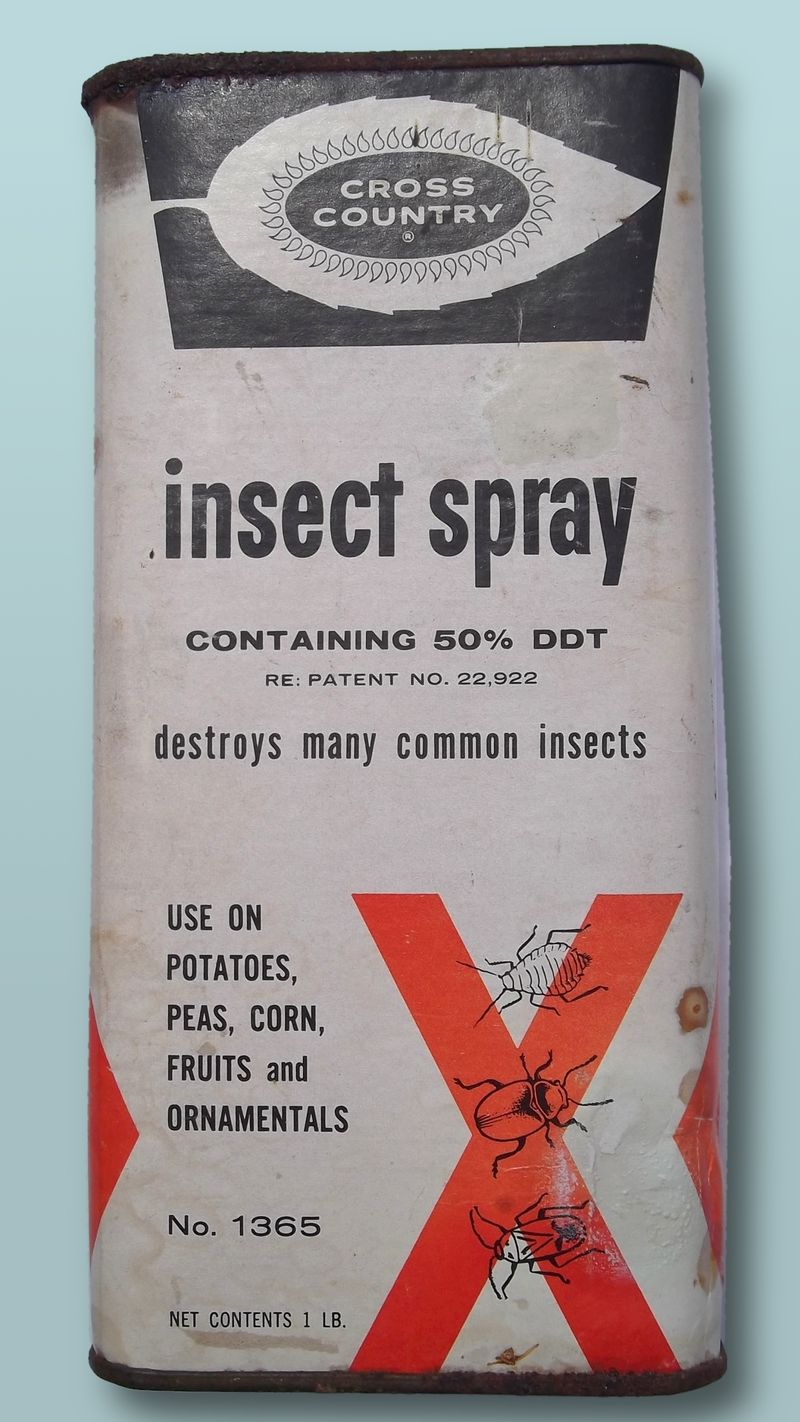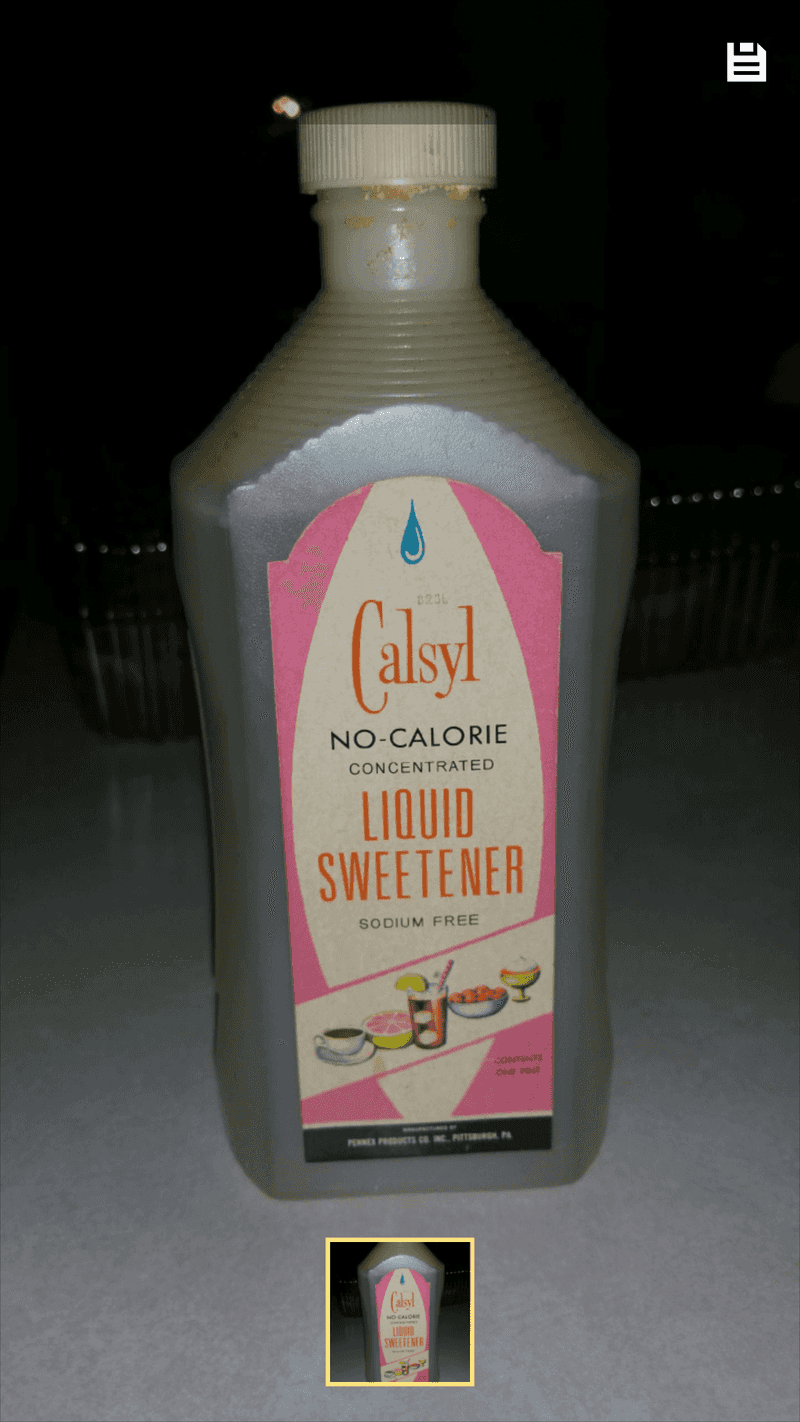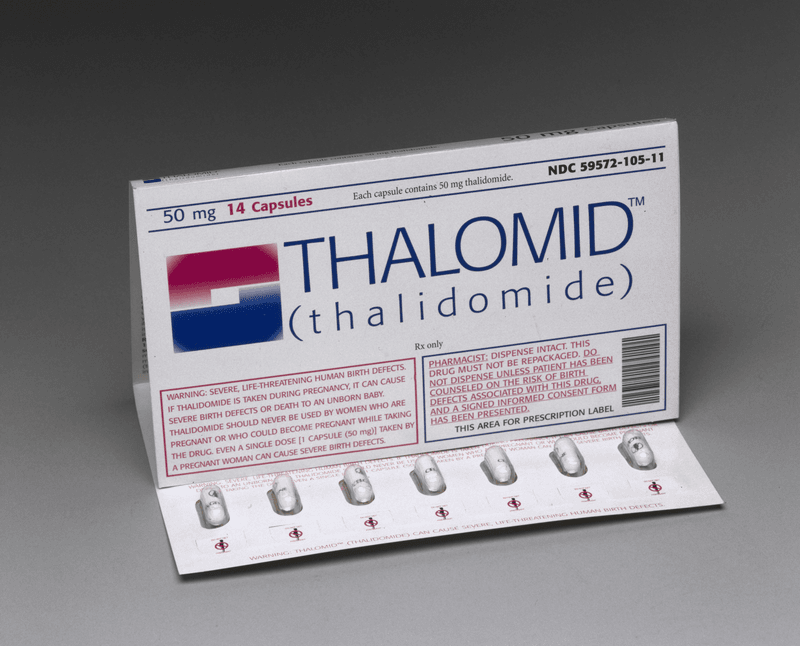The 1960s were a time of great change and innovation, yet many things considered normal back then are now banned. From everyday products to social behaviors, societal norms have shifted significantly. This blog post explores ten such items that were once commonplace but are now prohibited, reflecting how our understanding of safety, health, and ethics has evolved over the decades.
Lead-Based Paints
In the 1960s, lead-based paints were widely used in homes, schools, and toys. People adored their vibrant hues and durability, unaware of the health risks involved. Lead exposure can cause severe health issues, especially in children, leading to neurological damage and developmental delays.
Today, lead-based paints are banned in many countries, emphasizing the importance of safety. Awareness campaigns have educated consumers about alternative paint options. Homeowners renovating older homes often face the challenge of removing these hazardous materials safely.
This shift illustrates society’s growing commitment to creating healthier living environments.
Asbestos Insulation
Asbestos was a popular insulation material in the 1960s, praised for its heat resistance and durability. It was commonly found in homes, schools, and public buildings. However, prolonged exposure to asbestos fibers can lead to serious illnesses, including lung cancer and mesothelioma.
The dangers of asbestos were not widely known until studies highlighted the health risks. Today, the use of asbestos is heavily regulated or banned in many countries.
Removing asbestos requires specialized professionals to ensure safety, reflecting how public health concerns have reshaped building materials and practices.
Dichlorodiphenyltrichloroethane (DDT)
DDT was a widely used pesticide in the 1960s, celebrated for its effectiveness in controlling pests and boosting agricultural productivity. However, environmental studies revealed its detrimental effects on wildlife and ecosystems.
DDT’s impact on bird populations, particularly the bald eagle, sparked environmental movements and led to its ban in many countries. Today, its use is restricted, reflecting growing environmental consciousness.
The legacy of DDT underscores the importance of sustainable farming practices, encouraging the development of eco-friendly alternatives that protect both crops and the environment.
Cigarette Advertisements
In the 1960s, cigarette advertisements were ubiquitous, appearing on television, billboards, and magazines. These ads glamorized smoking, often associating it with sophistication and success.
However, as scientific evidence linking smoking to serious health risks like cancer became undeniable, regulations tightened. Governments worldwide implemented bans on cigarette advertising to curb smoking rates.
Today’s tobacco regulations emphasize public health, focusing on education and prevention. The ban on cigarette ads reflects a broader cultural shift towards healthier lifestyles, highlighting the role of advertising in shaping public perception.
Cyclamate Artificial Sweeteners
Cyclamates were popular artificial sweeteners in the 1960s, favored for their ability to add sweetness without the calories. They were widely used in diet sodas and other products. However, studies in the late 1960s raised concerns about potential health risks, including cancer.
This led to cyclamates being banned in several countries as a precautionary measure. The controversy around cyclamates fueled debates on food safety and regulation.
Today, consumers have a variety of alternative sweeteners available, reflecting evolving standards in food safety and the continuous quest for healthier options.
Corporal Punishment in Schools
In the 1960s, corporal punishment was a common disciplinary method in schools. Teachers used paddles or rulers to maintain order, believing it was an effective way to instill discipline. However, research highlighting the psychological effects of such punishment led to changes in educational policies.
Today, many countries have banned corporal punishment in schools, emphasizing positive reinforcement and alternative disciplinary methods.
This shift reflects a broader understanding of child development and the importance of creating supportive, nurturing learning environments that foster growth and respect.
Indoor Smoking in Public Places
Smoking indoors was a common sight in the 1960s, with cigarettes being enjoyed in restaurants, offices, and even airplanes. The health risks of secondhand smoke were not widely recognized, and smoking was considered a social norm.
As awareness of the dangers of smoking grew, laws were implemented to ban indoor smoking in public places. This was a significant step towards protecting public health and reducing smoking-related illnesses.
Today, smoke-free environments are the norm, reflecting a cultural shift towards healthier living and increased awareness of air quality issues.
Thalidomide Medication
Thalidomide was a medication prescribed in the 1960s for morning sickness in pregnant women. Initially praised for its effectiveness, it was later discovered to cause severe birth defects. This tragedy led to its ban and highlighted the need for rigorous drug testing.
The thalidomide crisis had a profound impact on pharmaceutical regulations, leading to stricter safety protocols and testing standards.
Today, thalidomide is used under controlled conditions for specific conditions, reflecting lessons learned. The incident underscores the importance of drug safety and the ethical responsibility of pharmaceutical companies.
Child Labor in Factories
In the 1960s, child labor in factories was still prevalent in some parts of the world, driven by economic necessity and lack of regulation. Children worked long hours in hazardous conditions, often at the expense of their education and well-being.
International efforts and advocacy led to stricter labor laws and the eventual ban on child labor in most industries. Education and child welfare have become priorities, with policies promoting children’s rights and protection.
Today, the fight against child labor continues, emphasizing the need for vigilance and enforcement to ensure all children have the opportunity to thrive.
Polaroid Cameras with Toxic Chemicals
Polaroid cameras were a revolutionary invention in the 1960s, allowing instant photo development. However, the chemicals used in the development process were toxic and posed environmental hazards. As awareness of these issues grew, regulations were implemented to reduce or eliminate the use of harmful chemicals.
Polaroid and other instant camera manufacturers have since developed safer alternatives, minimizing environmental impact.
This evolution reflects a broader trend towards sustainability and environmental responsibility, encouraging innovation in photography technology and a commitment to preserving our planet.










